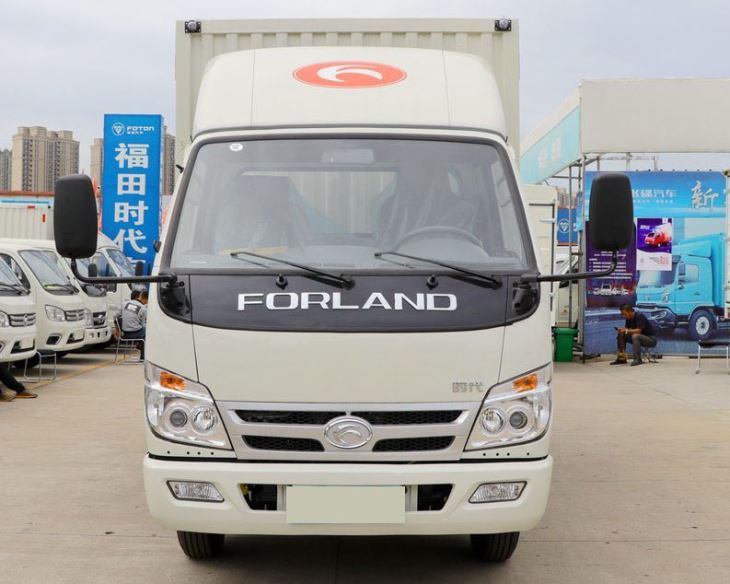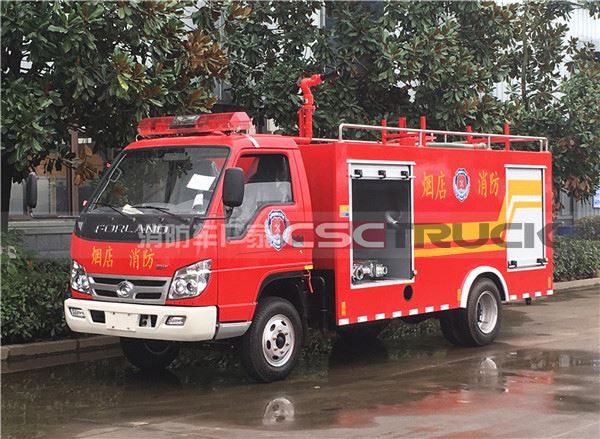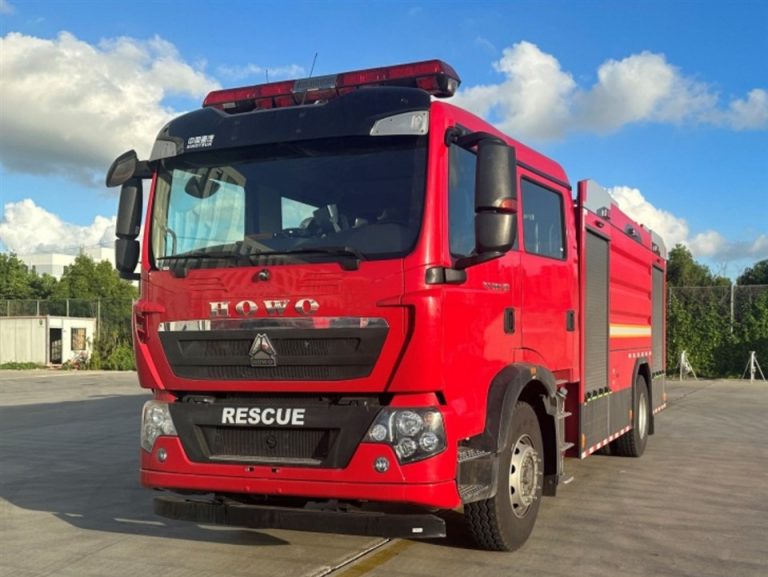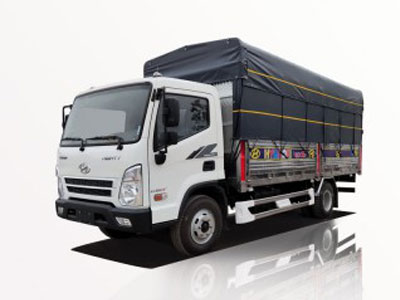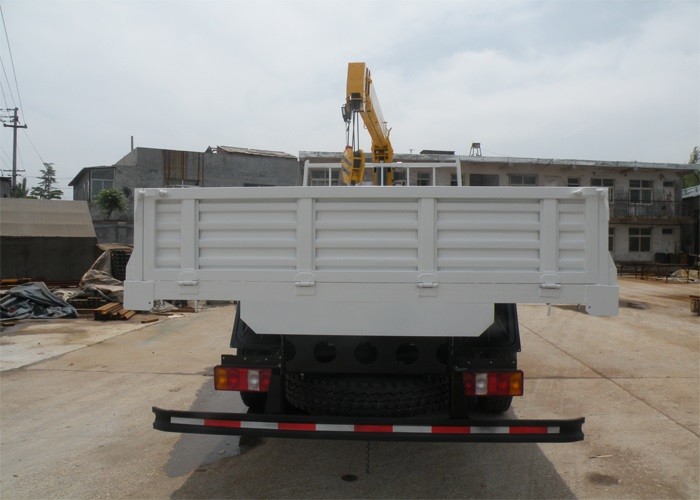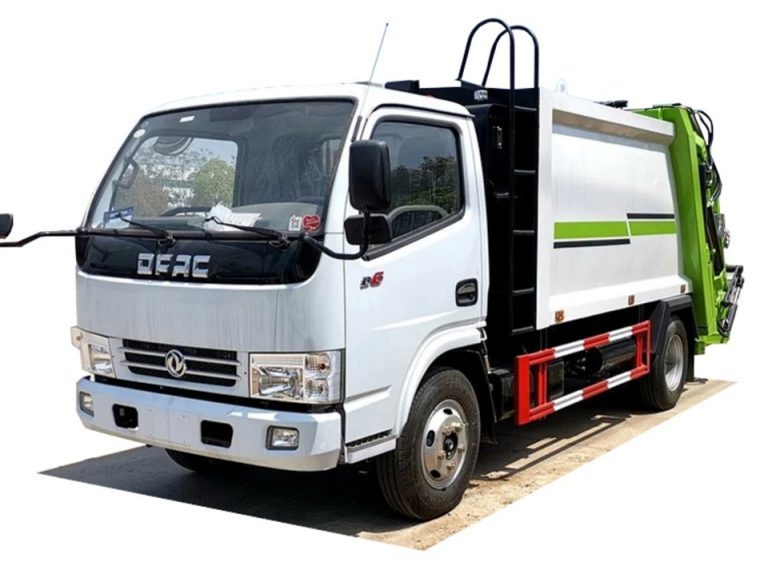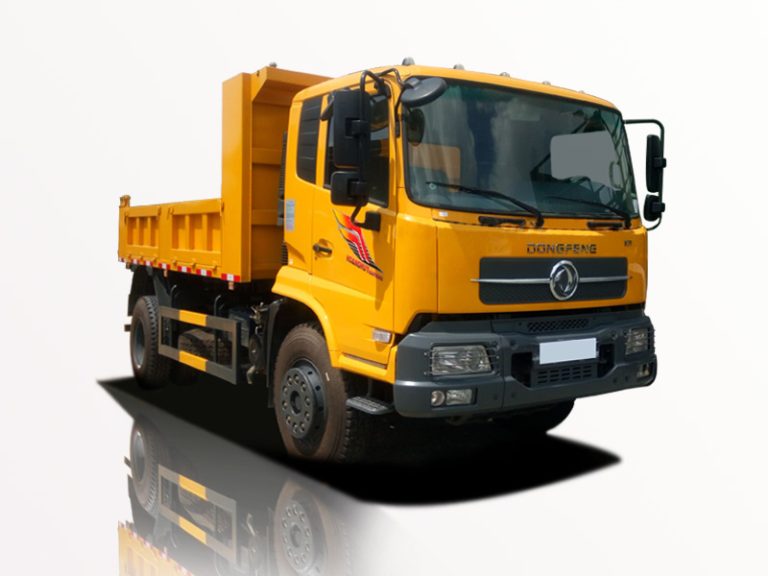When it comes to the towing and recovery industry, having the right truck is crucial. Recovery trucks are specialized vehicles designed to transport damaged or disabled vehicles safely. Whether you are starting a towing business or looking to upgrade your existing fleet, knowing what to consider when searching for a recovery truck for sale can make a significant difference. In this guide, we will explore various aspects of recovery trucks, including types, features, how to find the best deals, and much more.
Understanding Recovery Trucks
Recovery trucks are heavy-duty vehicles equipped with mechanisms to tow cars, trucks, and even larger vehicles. They come in various styles and sizes, depending on the intended use. The main types of recovery trucks include flatbeds, boom trucks, and integrated trucks. Each type serves different purposes based on the weight and type of vehicles being recovered.
Types of Recovery Trucks
1. Flatbed Recovery Trucks
Flatbed recovery trucks feature a flat platform without sides or a roof, making them ideal for transporting vehicles that cannot be driven. Their versatility allows them to carry various types and sizes of vehicles.
2. Boom Recovery Trucks
Equipped with a hydraulic boom, these trucks can lift and tow vehicles from difficult angles. They are ideal for recovering cars stuck in hard-to-reach places.
3. Integrated Recovery Trucks
These are sturdy vehicles with built-in towing equipment. They are designed for heavier loads and can handle large trucks and buses.
Key Features to Look For
When searching for a recovery truck for sale, it’s vital to assess several key features that determine the truck’s performance and suitability for your needs.
Load Capacity
Consider the weight capacity of the truck. Ensure it can handle all types of vehicles you plan to recover. Most medium-duty trucks can carry between 10,000 and 14,000 pounds.
Winch Specifications
A good recovery truck should have a reliable winch. Look for trucks with hydraulic winches or electric winches with high pulling capacities to facilitate easy recovery.
Safety Features
Safety should be a priority. Examine the following features:
- Strobe lights for visibility
- Reflective tape on the truck
- Adjustable height settings on the boom
Buying New vs. Used Recovery Trucks
Deciding between a new and used recovery truck can significantly impact your budget and business effectiveness. Both options come with pros and cons.
Advantages of Buying New Trucks
- Latest technology and updated safety features
- Warranty and financing options
- Customizable features based on your needs
Advantages of Buying Used Trucks
- Lower purchase price and fewer depreciation concerns
- Potentially less costly repairs if maintained properly
- Better availability of specific makes and models
Where to Find Recovery Trucks for Sale
Finding a reliable recovery truck for sale involves exploring multiple sources. Here are some effective avenues:
1. Dealerships
Visit specialized dealerships that focus on commercial vehicles. They will have a range of options and knowledgeable staff to guide your choices.
2. Online Marketplaces
Websites such as:
- eBay Motors
- Craigslist
- CommercialTruckTrader.com
These platforms often list new and used recovery trucks across various locations, making it easier to compare prices.
3. Auctions
Attend vehicle auctions where recovery trucks are sold. Auctions can lead to great deals, but be sure to do your research beforehand.
Financing Options for Recovery Trucks
Financing your recovery truck purchase can ease the financial burden. Here are some common financing options:
1. Bank Loans
Many banks offer loans specifically for commercial vehicles. Research the interest rates and terms to find the best option for your budget.
2. Dealer Financing
Many dealerships have financing packages available. These can include competitive interest rates and special terms tailored for recovery trucks.
3. Leasing vs. Buying
Leasing a recovery truck can lower initial costs and may offer tax benefits. However, ownership and equity building are lost compared to buying outright.
Maintenance Tips for Recovery Trucks
Regular maintenance is essential for keeping your recovery truck in prime condition. Here are some maintenance tips:
1. Routine Inspections
Regularly inspect the truck’s tires, brakes, lights, and winch. Schedule maintenance every few months.
2. Keep it Clean
Always wash the truck to prevent rust and corrosion. A clean truck reflects your business’s professionalism.
3. Follow Manufacturer Guidelines
Review and adhere to the service and maintenance suggestions provided by the manufacturer to extend the truck’s lifespan.
Legal Considerations When Operating Recovery Trucks
Before operating a recovery truck, it is essential to adhere to local laws and regulations. Here are some legal considerations to keep in mind:
1. Licensing Requirements
Ensure that drivers have the necessary commercial driver’s licenses (CDLs) based on the weight of the vehicle and the types of loads being carried.
2. Insurance
Obtain adequate insurance coverage for liability, physical damage, and cargo coverage. Consult with an insurance professional to understand the best options for your type of business.
3. Permits
Some states may require special permits for tow trucks operating commercially. Research local regulations to ensure compliance.
Practical Examples of Recovery Truck Use
To give you a clearer picture, here are a few practical scenarios where recovery trucks are crucial:
1. Accident Recovery
In the case of vehicular accidents, recovery trucks are deployed to tow wrecked vehicles off the road swiftly to prevent further accidents.
2. Breakdown Assistance
Recovery trucks are essential for helping stranded drivers whose vehicles have broken down. The driver can either be transported with their vehicle or provided further assistance.
3. Off-Road Recovery
In off-road scenarios, boom recovery trucks are particularly useful for pulling vehicles out of difficult terrains like mud or ditches.
Frequently Asked Questions (FAQ)
1. How much does a recovery truck cost?
The cost of a recovery truck varies significantly based on the make, model, and whether it’s new or used. Prices can range from $30,000 for used trucks to over $100,000 for new, high-end models.
2. What is the best type of recovery truck for beginner businesses?
Flatbed recovery trucks are often considered the best option for beginners due to their versatility and ease of use.
3. Can recovery trucks tow vehicles without a special license?
Yes, but it is highly advisable to have a commercial driver’s license (CDL) depending on the total weight of the vehicle and trailer.
4. What should I look for when inspecting a used recovery truck?
Check for signs of wear and tear, test the winch and hydraulic systems, and ensure that all safety features are functioning correctly.
5. Are recovery trucks customizable?
Yes, many manufacturers offer custom configurations for recovery trucks, allowing you to tailor them to your specific needs.
6. Is it worth investing in a recovery truck?
Absolutely, if you operate in the towing or automotive recovery industry, a recovery truck can be a lucrative investment and improve your service capabilities.
